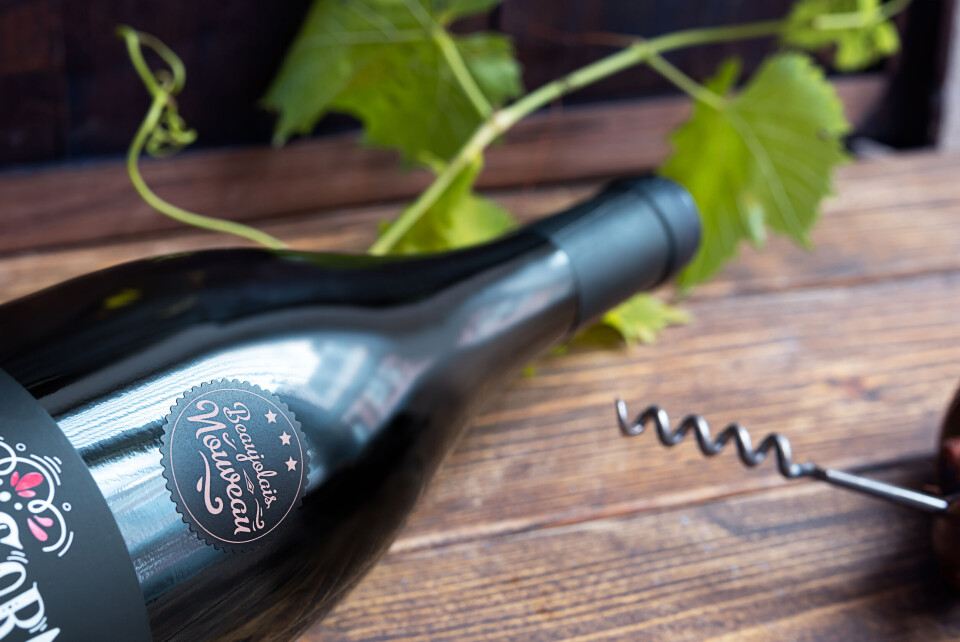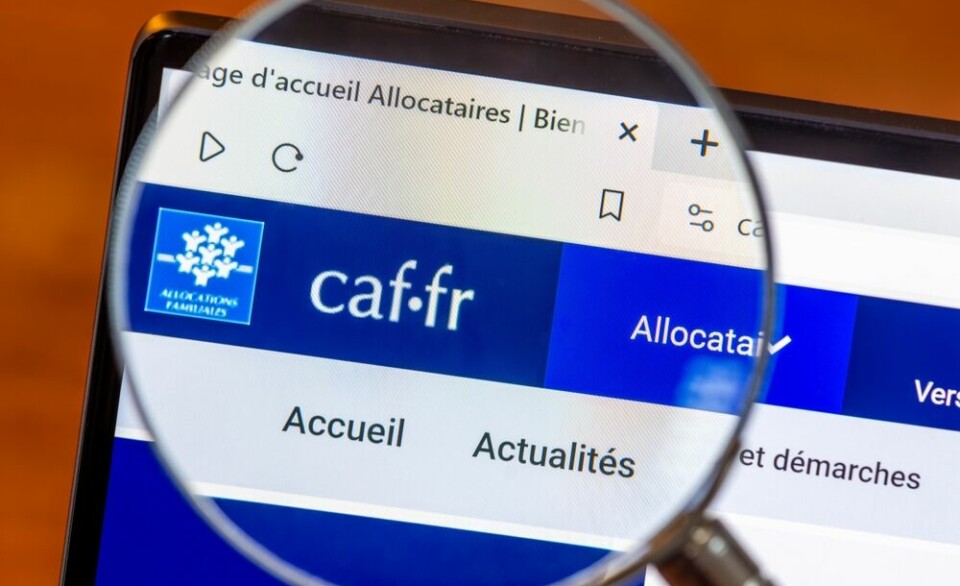-
This self-service wine vending machine has been approved for French roadsides
Innovative machines offer convenient wine access while adhering to alcohol laws
-
Understand the basics of French wine labelling
Why are French wines labelled as Bordeaux or Burgundies, and not Cabernet or Malbec? Jonathan Hesford explains
-
Know your cheeses and their seasons: which to eat in France in February
Cow’s milk cheeses dominate as winter comes to an end
Beaujolais Nouveau Day: ‘quality’ year but fewer bottles available
Does it always taste of banana? Do they all taste the same? Can you keep it? We look at some myths around this wine

Today (November 17) marks Beaujolais Nouveau Day, on which more than one million cases of Beaujolais wine start their journey across France from their namesake region, and a race begins to get the first bottles out to markets around the world.
Beaujolais Nouveau – a red made from Gamay grapes – is different to other French wines in that it is drunk almost immediately after harvesting, and is known for its cheerful unpretentiousness.
It is sold in 110 countries around the world and Beaujolais Nouveau Day is often marked with fireworks, music and festivals.
Beaujolais Nouveau Day always starts at 00:01 on the third Thursday of November.
This year, Anaïs Burnichon, who is in charge of wine tourism at the Cave Agamy in Rhône, has said that the Beaujolais Nouveau is of a very high quality.
“It is perfect! We have had a year full of sunshine, so we have a wine which is nice and fruity, quite robust. It is very pleasant to the mouth,” she told BFMTV.
A harvest affected by this year’s drought
However, this year’s extreme dryness has created difficulties with regards to production, which fell by 20% on average compared to 2021.
Supplies of the wine are therefore less plentiful than they normally are, according to Mathieu Subrin, the co-president of the Cave Agamy.
“We are going to try to serve everyone, but the quantities will be reduced,” he said.
Although the drought has affected the amount of wine produced, it has had a “positive” impact on its taste, winemaker Fabien Romany has said, adding that it is “a little more concentrated,” with “dark fruit aromas”.
Daniel Bulliat, the president of the wine region association Inter Beaujolais, told Lyon Capitale: “In 2021, the wines were lighter [...] this year they are more consistent, rounded with pretty colours. This vintage is very like that of 2020 and all the ‘solar’ vintages which we are seeing more and more now.”
Supplies more limited
However, this year’s Beaujolais Nouveau has been affected, like many other products and services, by the energy crisis, as “a large number” of importers from Japan – where the wine is very popular – have opted against it because of the increased cost of transporting it.
“While it used to cost €3 to export a bottle to Japan, it now costs €5 or €6,” Mr Bulliat said.
“The cost of transportation will become a handicap when exporting to distant countries like [Japan], where the use of a ship is not viable,” considering it takes a month and a half.
However, “this would have worried us more at the time of the big years of exports to Japan, when we sold them 10 million bottles. Now, we sell them three or four millions, so it is less significant.”
In addition: “after this small harvest I am not sure that we would have had the supplies to provide for everyone.”
Over recent years, Beaujolais nouveau has largely been exported to the US, Canada, the UK and northern Europe, “markets which work very well,” especially as North America is more easily accessible by ship.
‘It always tastes of banana’: some Beaujolais Nouveau myths
Beaujolais Nouveau wines are often discussed as if they were all the same, but this is not correct. The wines vary from place to place and from year to year, depending on the soil type and quality in the vineyard, and general weather conditions.
Beaujolais Nouveau also has a reputation among some for being poor quality because it is sold just two months after it is harvested in September and therefore does not have time to develop a more complex flavour.
The wine is also often described as tasting of banana or even nail varnish. A banana-type taste is caused by esters produced by different types of yeast present on the grape skins or added by the winemaker, so it is possible that some wines will have this characteristic.
However, it seems that Beaujolais Nouveau is becoming more and more commonly associated with red berries.
Finally, one common belief is that Beaujolais Nouveau should be drunk straight away and not left to age in the bottle. This is true.
The wine comes from the first grape juice of the vintage, and is not destined to become anything other than Beaujolais Nouveau. It therefore will not mature in the bottle and so there is not much point in keeping it.
Related articles
Brewing British-style beer in the Dordogne that the French love
Tannins can make red wine undrinkable or delicious – what are they?
Here's how to save money on good French wine
























